How to feed cabbage in the open field after planting?
To get a good harvest, you need to regularly fertilize vegetables. For feeding cabbage after planting in the ground, mineral and organic fertilizers are used.
Fertilizing cabbage with minerals after planting in the ground
Mineral fertilizers allow you to saturate cabbage with useful substances. Top dressing is done by watering the plants after planting in the ground. For work, the morning or evening time is selected, when there is no direct sunlight.
When working with mineral fertilizers, precautions are taken. Avoid contact of minerals with the skin, eye mucosa, respiratory system. To feed the cabbage, you need to strictly observe the dosage to avoid burning the leaves and roots.
- Urea
The first feeding of cabbage is done 14 days after the plant is moved into the ground. At this stage, the plants need nitrogen to grow green mass. The source of this element for plants is urea. It is a versatile fertilizer containing up to 46% nitrogen.
10 g of water requires 15 g of urea.
Urea is highly water soluble and easily absorbed by plants. The resulting solution is treated with 10 sq. m landings.
- Ammonium nitrate
Another option for feeding after planting cabbage in the ground is the use of ammonium nitrate. It contains sulfur, which helps plants to get nitrogen and produce protein.
An additional property of sulfur is to repel pests and prevent the development of harmful fungi. Therefore, with the help of ammonium nitrate, you can not only feed cabbage, but also protect it from diseases.
The norm of ammonium nitrate is 15 g per 10 liters of water.
When working with this fertilizer, the prescribed dosage must be observed. Otherwise, the cabbage will start accumulating nitrates. For this reason, nitrogen fertilization is stopped 2 weeks before harvest.
- Nitrophoska
Nitrophoska is a universal way to feed cabbage. Its composition includes potassium, nitrogen and phosphorus, which are essential for the growth of any plant. Sulfuric nitrophoska is used for feeding.
Nitrofoska (50 g) is diluted with water (10 l) and applied to the soil.
Fertilizer is applied by irrigation. Pre-moisten the soil, then use the solution. This will allow the beneficial components to be evenly distributed in the soil.
Fertilizing cabbage with organic matter after planting in the ground
Organic fertilizers are another source of nutrients for cabbage. They are used 14 days after the application of minerals. Such complex feeding will provide the seedlings with a full range of trace elements necessary for active growth.
Mullein solution
The second time the cabbage is fertilized with a mullein solution (cow dung). First, 0.5 kg of organic fertilizer is diluted with 10 liters of water. The solution is infused for 3 days, then the open ground is treated by irrigation.
Mullein contains nitrogen, phosphorus, potassium, calcium. These elements contribute to the formation of the head and improve its taste.
Brewer's yeast
Fertilizer based on manure can be replaced with yeast feeding. Yeast is rich in proteins, amino acids, trace elements.
Yeast processing has the following advantages:
- the endurance of culture increases;
- green mass grows faster;
- yeast bacteria drive out harmful microorganisms.
Brewer's yeast is most beneficial, but you can also feed cabbage with other varieties.To prepare the solution, 100 g of yeast, 30 g of sugar and 10 liters of water are required. The resulting mixture is placed in a warm place for 3 days.
Advice!
The solution for irrigation is prepared on the basis of yeast starter culture and water in a ratio of 1:10.
Yeast top dressing works only in warm weather, when the soil warms up and the air temperature reaches 20 ° C. It is necessary to process seedlings three times with an interval of 10 days.
Ash feeding
Ash contains a whole range of nutrients necessary for plant development. If you feed them with ash, then they will receive calcium, magnesium, sodium
Cabbage begins to grow actively with a constant supply of calcium. This element affects the passage of metabolic processes, gluing plant cells together and the absorption of vitamins. Magnesium helps cells generate energy, while sodium helps activate enzymes.
Advice!
Wood ash can be placed in open ground before planting.
You can start fertilizing with ash 15 days after planting. For this, a solution is prepared containing a glass of ash for 10 liters of water. The product is left to infuse for 5 days, then filtered and used for watering.
2 weeks after the first treatment, a second feeding with ash is carried out. Additionally, you can spray ash on the bed between the rows with seedlings. This will give the cabbage protection from slugs and other pests.
Foliar dressing of cabbage
Foliar feeding allows plants to absorb nutrients faster. Cabbage is processed by spraying. A solution of useful components is preliminarily prepared, which is then applied to the leaves.
Important!
It is necessary to process the seedlings in cloudy weather so that the leaves do not get burned in the sun.
You can feed the plants with boric acid. To obtain a solution, you need to place 1 tsp. substance in a glass of hot water. The resulting mixture is added to 10 liters of cold water and used for spraying.
Output
A good harvest depends on the nutrients that the cabbage received during its development. Fertilization of plants after transfer to open ground is performed every 10-14 days. First, you need to provide them with access to nitrogen in order to build up green mass, then add fertilizers based on phosphorus, calcium, potassium.
After using minerals, the plantings are fertilized with organic substances. Another method of processing is foliar feeding. The use of fertilizers stimulates plant growth, protects seedlings from pests and diseases.
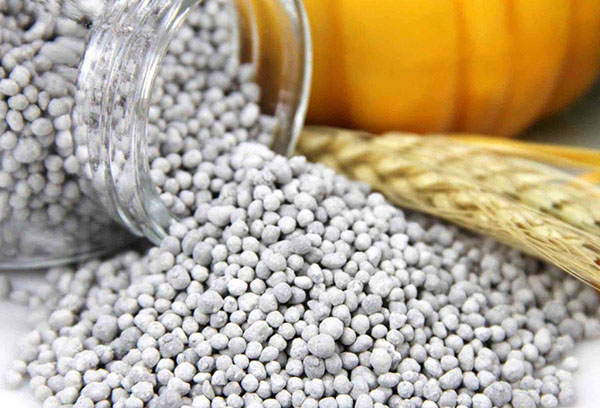

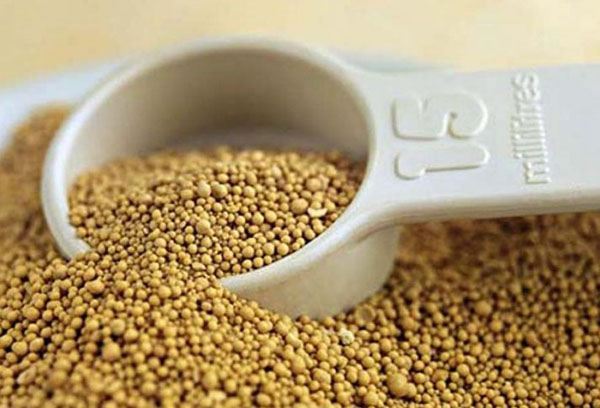
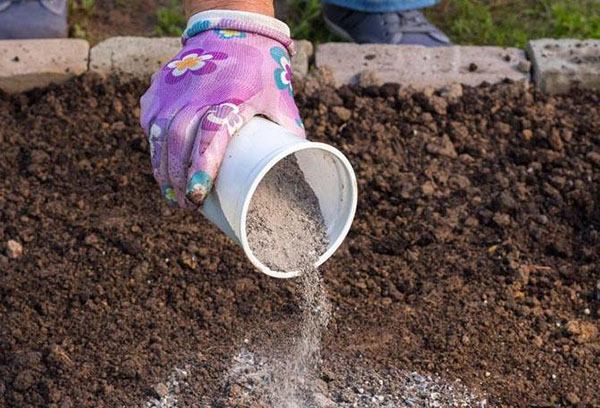
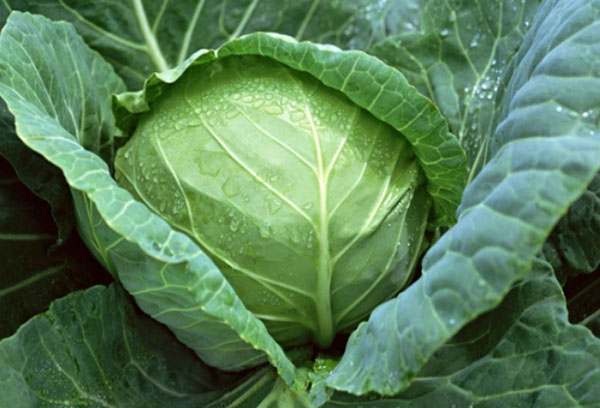
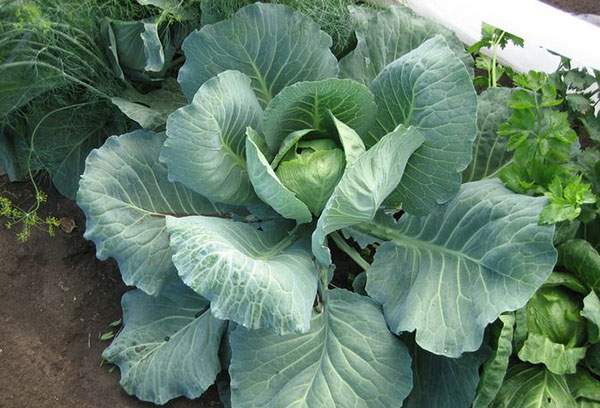

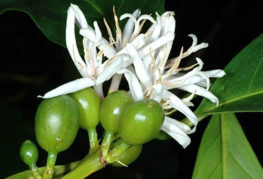
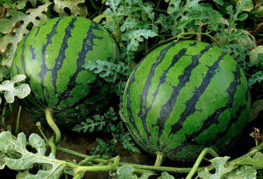
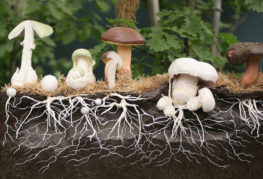
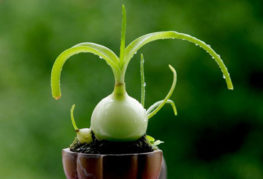
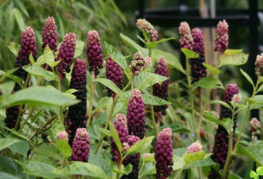
and will be published shortly.